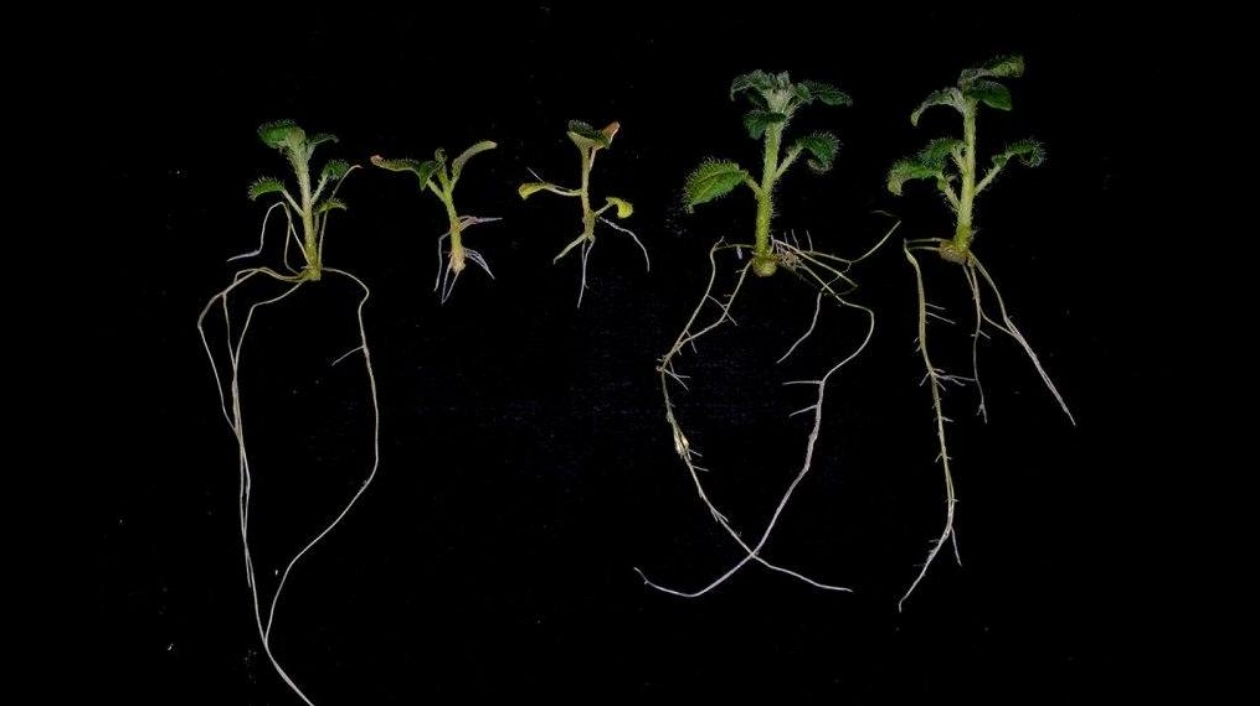Potatoes rank as the third most widely consumed food globally and serve as a delightful snack. However, contemporary farm-grown potatoes necessitate substantial amounts of nitrogen in the form of nitrate fertilizers, which are not only expensive but also pose environmental risks. A team of researchers has discovered that the genetic mechanism dictating when potatoes produce flowers and tubers—the edible portion—also plays a crucial role in the plant's nitrogen management. These findings, published on November 6 in New Phytologist, could pave the way for the creation of potato varieties that demand less fertilizer, thereby saving farmers money and diminishing the environmental impact of potato farming.
Originating from the Andes, potatoes initially developed tubers solely during winter as a nutrient storage strategy, responding to the decreasing daylight hours. When introduced to Europe in the 16th century, these plants encountered a significant hurdle. The shorter winter days were accompanied by freezing temperatures that often killed the plants before they could produce sizable potatoes. Eventually, a natural genetic mutation in the StCDF1 gene, which governs tuber growth, enabled potato plants to produce tubers year-round and thrive further north, no longer reliant on seasonal cues.
Researchers investigating StCDF1 to comprehend its role in regulating the plant's response to daylight cycles found that it functions as a switch, activating some genes while deactivating others. Maroof Ahmed Shaikh, a plant molecular biologist at the Centre for Research in Agricultural Genomics in Barcelona, noted a surprising discovery: StCDF1 can also toggle genes vital for nitrogen uptake. Importantly, StCDF1 inhibits the production of nitrate reductase, an enzyme that breaks down nitrate molecules for plant use. This revelation indicates that the genetic adaptation that made potatoes a global staple also rendered the plants more dependent on fertilizers.
To assess the impact of modifying this gene on nitrogen uptake, the researchers cultivated potato plants with a disabled StCDF1 gene in a low-nitrogen environment—approximately 400 times less than typical soil—and compared their growth to normal potato plants. While StCDF1-deficient plants failed to produce tubers, they exhibited larger leaves and longer roots despite the nitrogen deficiency. “They appeared content,” Shaikh remarked. The team hypothesized that Andean varieties likely had a less active StCDF1 gene, enabling better growth with less nitrogen.
However, the more active form of StCDF1 is prevalent in all commercial potato varieties worldwide. This trade-off results in the staple crop being inefficient at assimilating nitrogen, according to plant biologist Salomé Prat of the Centre for Research in Agricultural Genomics. “This is problematic,” as it prompts farmers to apply more fertilizer than the plant can absorb, leading to groundwater pollution when it rains. The discovery opens avenues for developing potato varieties with enhanced nitrogen efficiency. The researchers plan to employ gene-editing techniques to modify the gene responsible for nitrate reductase production, preventing its repression by StCDF1. Preliminary experiments have demonstrated the theoretical feasibility of this approach. Alternatively, traditional breeding methods could be used by crossing farm potatoes with wild or traditional varieties that naturally possess altered nitrate reductase genes.
“Nitrogen uptake is a significant challenge in agriculture,” says Stephan Pollmann, a plant biologist at the Centro de Biotecnología y Genómica de Plantas in Madrid, who was not involved in the study. Given that potatoes are a globally cultivated crop essential to food security, this finding could be groundbreaking. “If you can enhance nitrate assimilation, thereby improving the plant's nutrition and resulting in larger tubers, this is incredibly significant,” Pollmann concludes.
Source link: https://www.sciencenews.org






